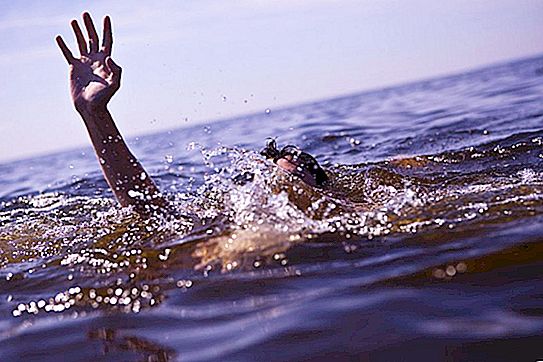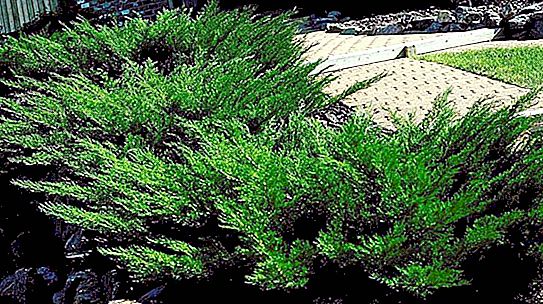Recently, more and more people complain of tick bites. And it’s good if the attack of this arthropod was without consequences. But it often happens that a person becomes infected with a serious disease, therefore, ticks are treated with caution. And if it suddenly happened to become a victim of these insects, you need to urgently consult a doctor. It is important to know the habitats of ticks, as well as ways to protect against them.
Bloodsuckers in nature

In the world fauna there are at least 40 thousand species of ticks, among which there are poorly studied, as well as new groups appear. Therefore, they are attributed to the most diverse families of arthropods that have ever inhabited our planet.
In nature, they eat soil fungi, plant debris, and small arthropods. Some of the ticks have adapted to feed on the blood of animals. They are called parasites. The most famous of them are ixodidae, numbering 680 species. The habitats of ticks of the ixodic group are on all continents, including in Antarctica.
Why are arthropod bites dangerous?
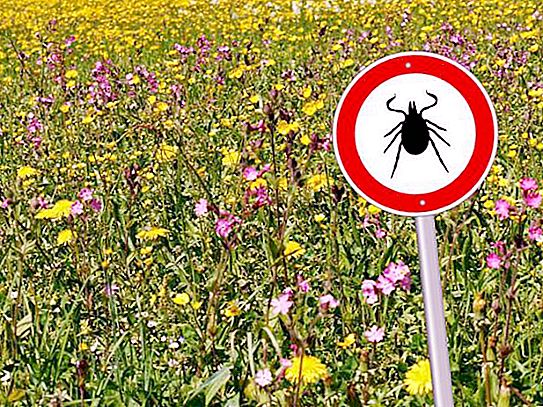
Parasites of the ixodid species are carriers of pathogens of human diseases:
- tick-borne encephalitis;
- tick-borne typhus;
- tularemia;
- tick-borne borreliosis (Lyme disease);
Q-fever
- tick-borne relapsing fever;
- ehrlichiosis;
- hemorrhagic fever.
Among the vectors of these diseases, two types of ticks have special epidemiological significance: taiga and European forest ticks. They are giants among all the variety of types.
When ticks appear

The onset of activity of adults is observed when the soil warms up to 5-7 degrees Celsius, mainly this period falls in early or mid-April, depending on the weather. The number of ticks begins to increase rapidly and reaches a maximum by the end of May, remaining high until mid-late June. Again, depending on weather conditions. The reserve nutrients are depleted by then, and the ticks begin to die out dramatically. But still, some individuals may occur even before the end of September.
How ticks attack
Parasites lie in wait for their prey, being on the grass or sitting on branches or sticks sticking up. With information on which habitats ticks prefer, their attack can be avoided. They are not very mobile and overcome a distance of no more than 10 meters in their entire lives.
When the prey is approaching, the ticks take a waiting position: since the olfactory organs are located on the front legs, they stretch them and drive them from side to side, determining the direction of the smell source. At the moment when a person or animal passes by, the bloodsuckers spread their front legs, equipped with claws and suction cups, and cling to the victim.
What happens after the attack
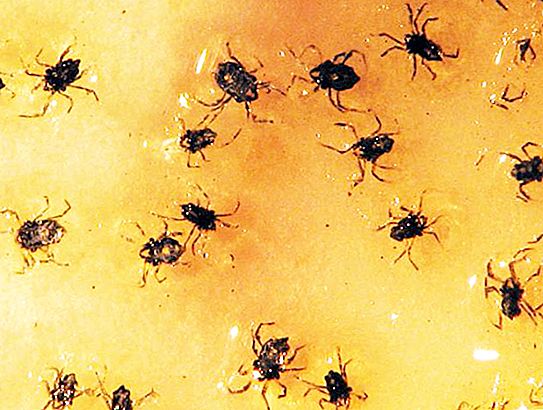
Having acquired a "host", the parasites are looking for the most sensitive place. This sometimes takes up to 40 minutes. Therefore, even if the tick is already on the person, it can be detected and removed prior to suction. Getting on clothes, arthropods begin to look for access to the body, for which they crawl into pockets and seams. As for humans, usually mites prefer to be localized in the scalp, near the auricles, on the neck, in the armpits, on the chest, back and groin. Most often they bite animals in the neck or head, where it is difficult to get them with their teeth.
When bitten, ticks inject an anesthetic. Therefore, the victim may not even feel that she was attacked.
Having found a place for food, ticks cut through the skin with their proboscis and, reaching the blood vessels, begin to suck blood. The first portion of saliva, which glues the mouth organs to the skin, and the backward-facing teeth on the proboscis help securely hold on to the selected position.
Female individuals absorb blood for about 6 days, while males need much less time to feed. In this case, the volume of ticks increases to the size of the phalanx of the little finger, and the weight becomes a hundred times more than it was before suction.
What should I do if bitten by a tick?
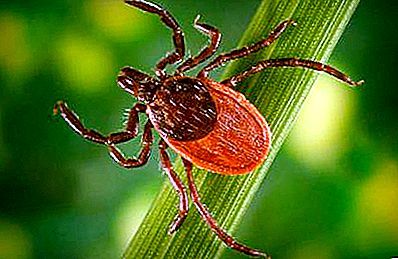
If a sucking parasite is found on your body, you must first go to the hospital. The sooner this is done, the less likely it is to get tick-borne encephalitis. If it is not possible to consult a doctor immediately after a bite, then you need to independently remove the gorged bloodsucker.
It is strictly forbidden to squeeze a tick, since when it breaks, the infection will quickly penetrate into the blood, and diseases in this case cannot be avoided. There are several ways to extract the parasite. The most effective is to take the thread and tie a knot as close to the bloodsucker’s proboscis as possible, then slowly pull the tick up with rotational movements. You can’t do this abruptly, as the head can come off and remain under the skin. If this happened, it is necessary to treat the site of the bite with alcohol and remove the head with a sterile needle, like a splinter.
After the tick has been removed, the wound must be treated with alcohol or iodine. And put the parasite in a jar and take it to the laboratory for microscopic diagnosis. Important: it must be delivered to its destination alive so that specialists can examine it.
Prevention of tick bites
To avoid the attack of parasites, you need to follow simple recommendations when hiking in the forest and other possible habitats of ticks. Clothing should be light, as it is easiest to see parasites on it. Long sleeves and a hood (or hat) are required. You can’t wear shorts and expose body parts; pants should be tucked into socks. Shoes should also be closed.
Every 10-15 minutes you need to inspect the clothes. After the typical habitats of ticks have been abandoned, a thorough check should be carried out for the presence of parasites on the body. Shake out the clothes on the street, carefully comb out the hair, examine the neck, armpits, auricles and inguinal region. It is these places that are most suitable for sucking bloodsuckers, because the skin there is thin and delicate.


